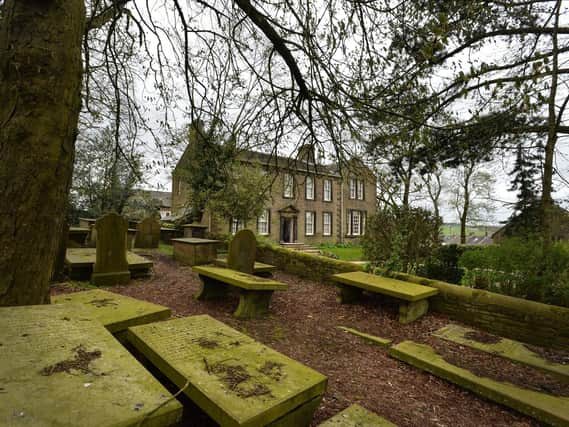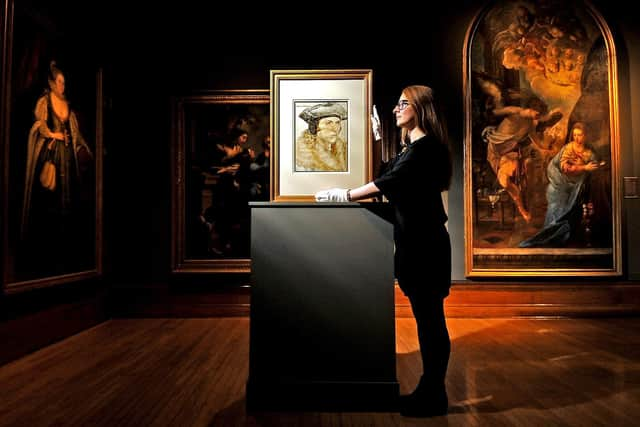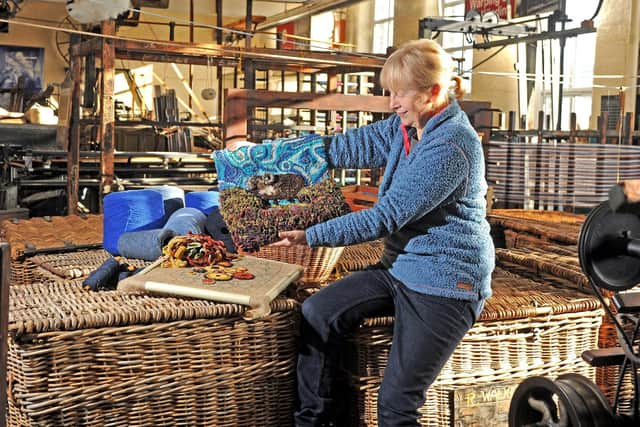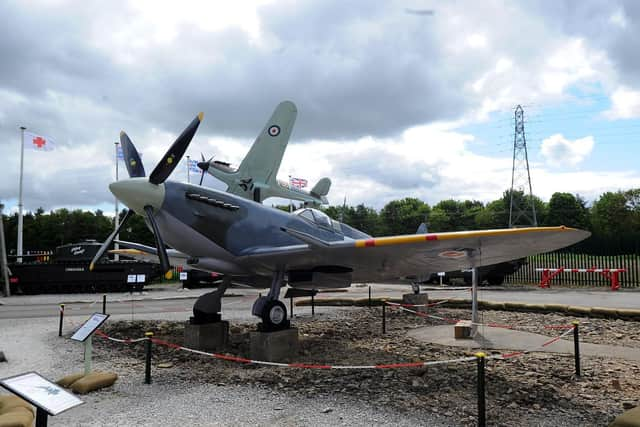Guide to Yorkshire's 150 best days out, part one: Museums and art galleries


The great Yorkshire days out we are showcasing here really do offer something for everyone - taking in everything from a range of beautiful natural landscapes to the high-octane thrills of theme parks and the quiet contemplation of artworks.
The rich heritage of Yorkshire is grounded in the towns and cities which were built on the foundations of steel, wool and coal. From the Magna Science Adventure Centre, set in a former steelworks in Rotherham, to the National Coal Mining Museum, near Wakefield, the past is brought to life and the legacy passed on to new generations.
Advertisement
Hide AdAdvertisement
Hide AdThere are plenty of places of historical importance and interest to visit. Country houses which boast landscapes created by Capability Brown and interiors designed by Chippendale, along with gardens and arboretums which host national collections.


There is so much to enjoy and by visiting these attractions you are helping to maintain their upkeep and continue the valuable work they are doing. And they need your support now more than ever.
1853 Gallery, Saltaire
Situated in the Unesco World Heritage Site of Saltaire, the gallery is named after the year Salts Mill opened and is dedicated to the man described as Yorkshire’s greatest living artist - David Hockney. Salts Mill is home to one of the largest collections of Hockney’s art and the 1853 Gallery has a permanent collection of his work which includes paintings, etchings and drawings. There is also a whole floor where you can find art materials and art books for sale and two places to eat and drink - Salts Diner and the Cafe into the Opera. The Grade II-listed mill, which was built by Sir Titus Salt along with the village to house his workers, is an area of both architectural and historical interest. There are other gallery spaces at the mill including the Saltaire Exhibition and an exhibition of photographs by documentary photographer Ian Beesley.
1853 Gallery, Salts Mill, Victoria Road, Saltaire, West Yorkshire BD18 3LB


Tel: 01274 531163, saltsmill.org.uk
Abbeydale Industrial Hamlet, Sheffield
Advertisement
Hide AdAdvertisement
Hide AdRun by Sheffield Industrial Museums Trust, Abbeydale Industrial Hamlet offers a glimpse into what life was like at home and at work for 18th century workers in this unique historical industrial works. Once a producer of agricultural tools and the largest water-powered industrial site on the River Sheaf, the group of Grade I and II-listed buildings show life in a rural scythe and steelworks. There is plenty to see, including the Manager’s House and Workers’ Cottages, the Counting House and four water wheels (which are in action every Wednesday). There is also a steam engine built by Davy Brothers of Sheffield, installed in 1855 as an additional power source as well as the last complete surviving crucible steel furnace in the UK. Outside, visitors can see how it was all powered by water from the dam.
Abbeydale Road South, Sheffield, S7 2QW


Tel: 0114 272 2106, simt.co.uk
Bradford Industrial Museum
Housed in Moorside Mills, which was built around 1875 as a small worsted spinning mill, which was bought by Bradford Council in 1970 from Messers W&J Whitehead to create the museum. It has permanent displays of textile machinery, steam power, engineering, printing machinery and motor vehicles. Improvement work was recently carried out in the spinning and weaving galleries. Visit the splendid Moorside House where the mill manager lived or visit the mill-workers’ terrace houses which are decorated to reflect different periods in their history. There is also a full programme of events to enjoy and you can get to see the mill machinery in action. Offering a real taste of the city’s industrial heritage, the mill changed hands several times as it developed and grew.
Bradford Industrial Museum, 235 Moorside Rd, Bradford BD2 3HP
Tel: 01274 435900, bradfordmuseums.org
Brontë Parsonage Museum
The museum, which was once home to the Brontë family, looks after some of the largest and most important Brontë collections in the world. For the past five years the museum’s Brontë2000 programme has been celebrating the bicentenaries of the births of four of the Brontës: Charlotte in 2016, Branwell in 2017, Emily in 2018 and in 2019 it celebrated the life of the Rev Patrick Brontë, 200 years after he was invited to take up the role of parson in Haworth. Anne’s celebration in 2020 had to be put on hold but an exhibition, Amid the Brave and Strong, will delve into the key elements of her life. The museum is run by the Brontë Society, one of the oldest literary societies in the world, founded in 1898 and has a thriving worldwide membership. There is a full programme of events at the museum and in the surrounding village of Haworth.
Advertisement
Hide AdAdvertisement
Hide AdBrontë Parsonage Museum, Church Street, Haworth, Keighley, West Yorkshire, BD22 8DR.
Tel:01535 642323, bronte.org.uk
Captain Cook Schoolroom Museum
The museum in Great Ayton is housed in the building which was once a charity school founded in 1704 and it was here between 1736 and 1740 that Yorkshire’s famous explorer, Captain James Cook received his early education. The museum features a reconstruction of an early 18th century schoolroom, complete with Cook’s teacher sleeping in the loft above the classroom, interactive displays about his early life and education as well as his later achievements on the high seas. There is also a “Find Out More” touchscreen and new audio trail which gives visitors a deeper insight into Great Ayton’s history. There are sections on key individuals and the importance of extractive industries to the growth of the village. A stroll around the village is recommended – the Low Green village green, with the river running alongside, is a popular picnic spot.
Captain Cook Schoolroom Museum, 101 High Street, Great Ayton, North Yorkshire, TS9 6NB
Tel: 01642 724296 captaincookschoolroommuseum.co.uk